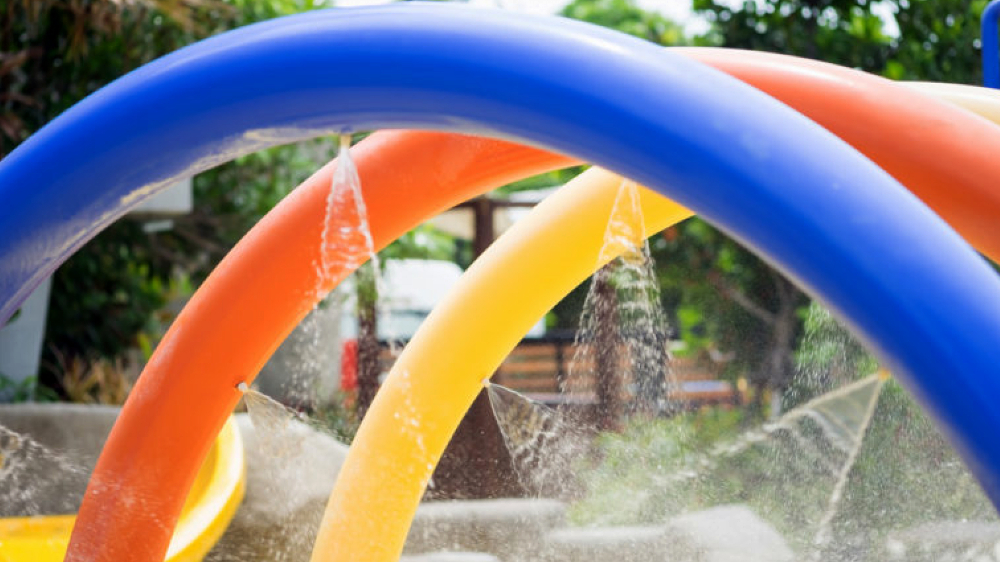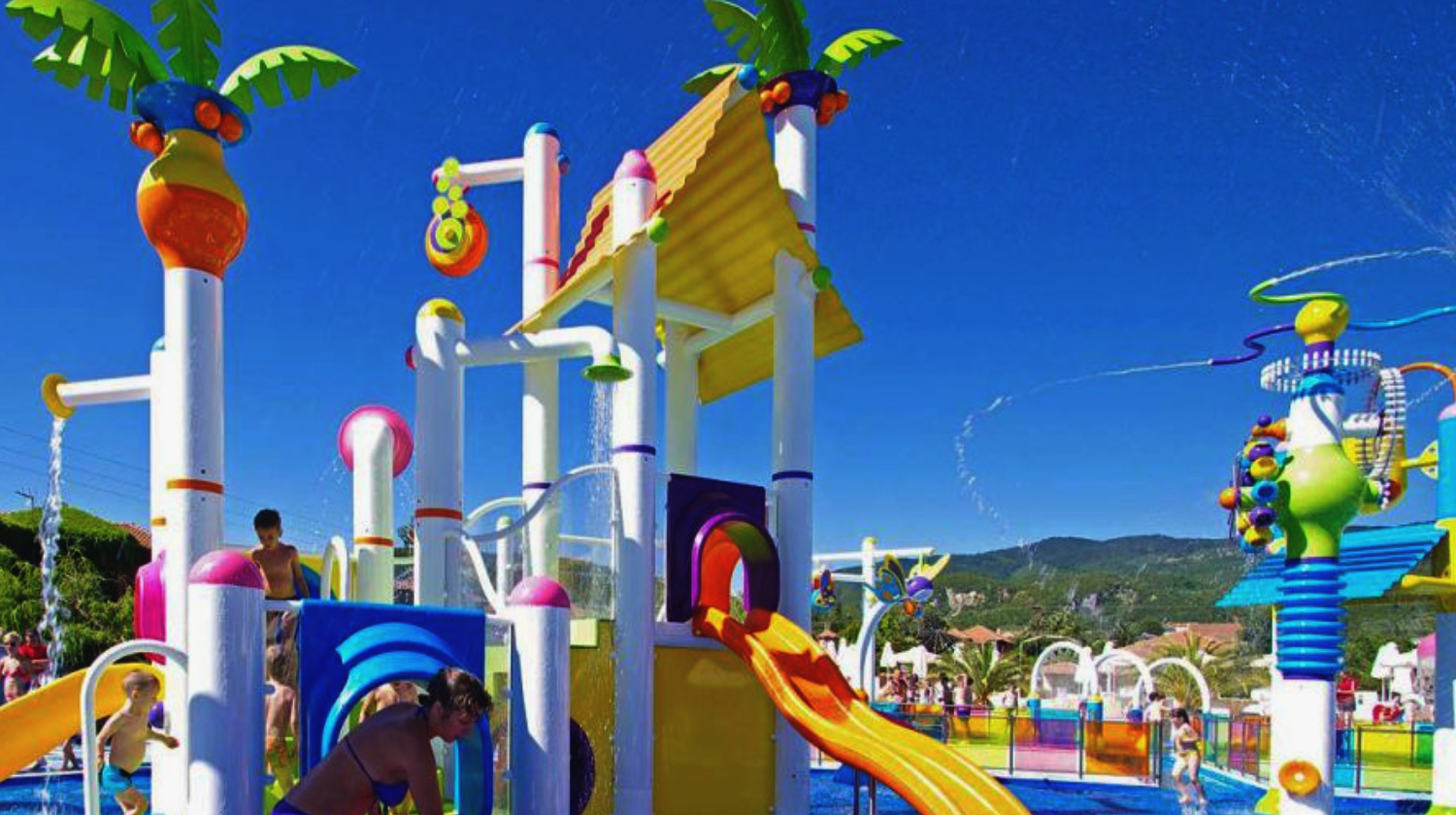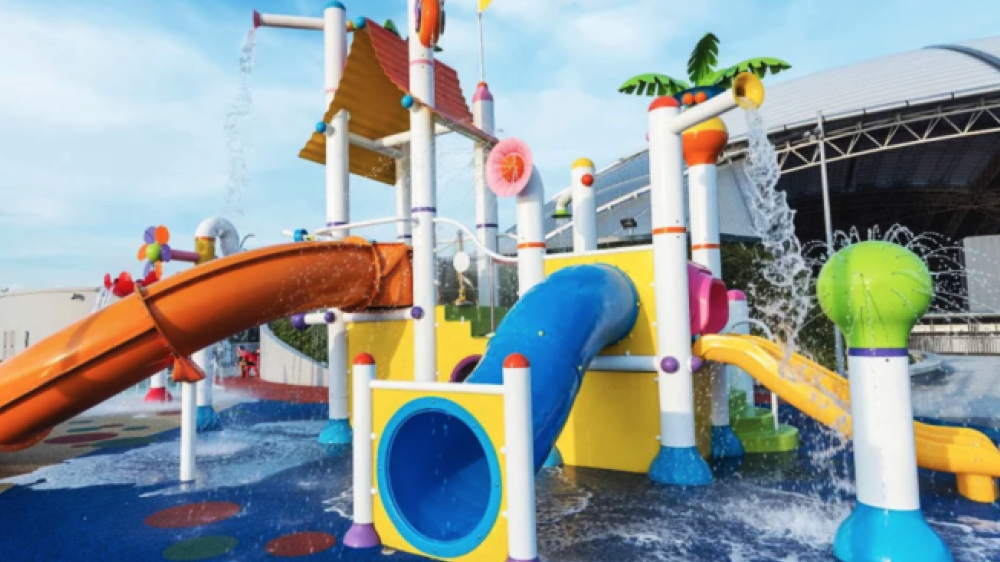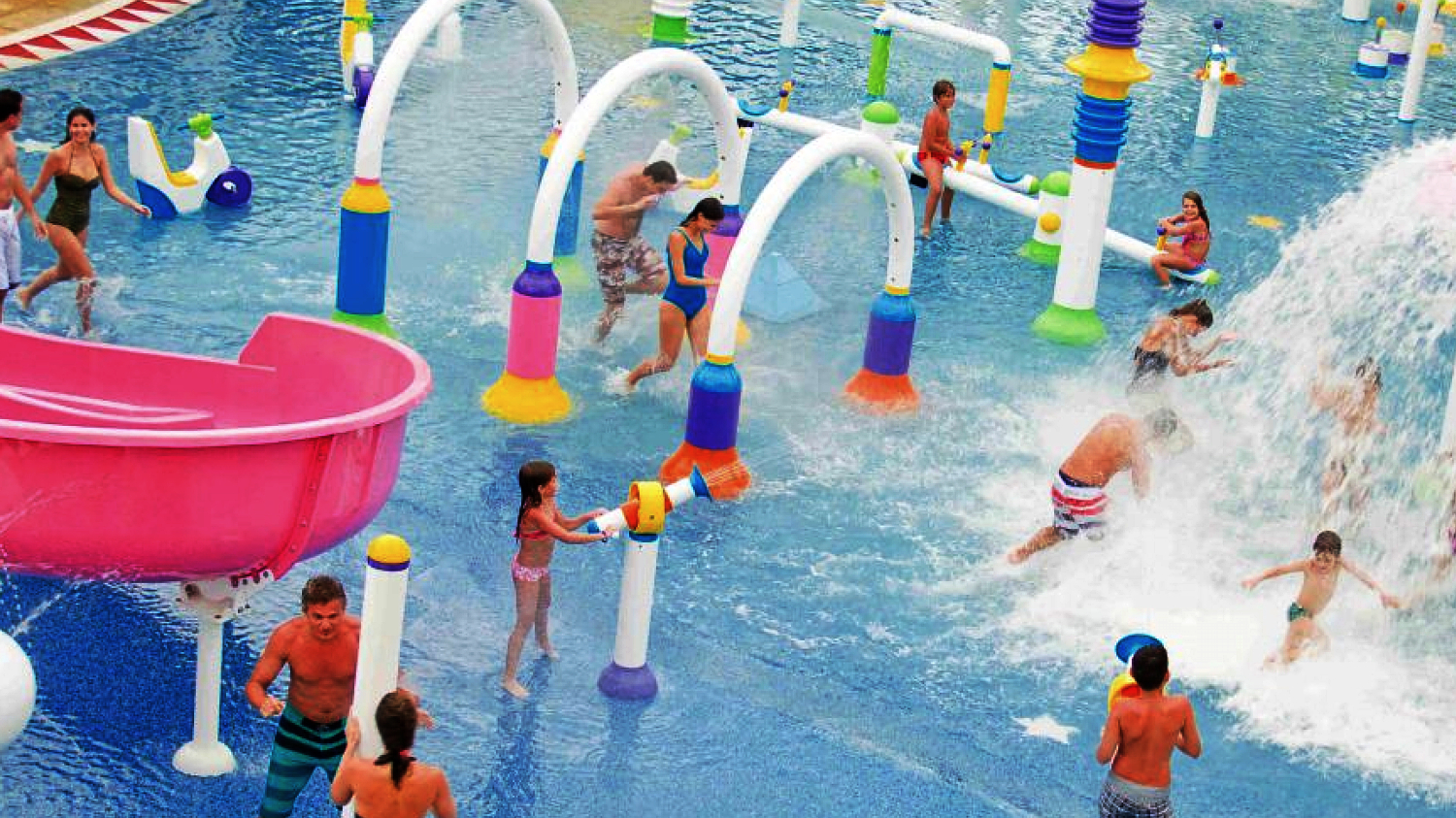6 Tips for Closing a Splash Pad | September 17th, 2021
September 17th, 2021
Properly closing your splash pad for the season improves how well the splash pad equipment works, adds the lifespan of the equipment, helps make the splash pad safer, and reduces the need to repair and replace the equipment.
With all those important advantages, we thought we’d give you our best tips for properly closing and winterizing your spray park.
Tips for Winterizing & Closing Your Splash Pad
Here’s the biggest and best tip for properly closing your facility. Follow the closing or winterizing maintenance checklist from your splash pad equipment manufacturer. The reason is that each manufacturer has unique water feature designs and setups. So their equipment will have unique needs for keeping it working properly.
If you don’t have a maintenance checklist for your equipment, you may be able to find one online. And the following tips will give you at least the basics required for splash pad closing.
Inspect All Water Features – Of course, the water features of your park are its main attraction. But, as such, they are one of your biggest safety risks too. You should inspect water features as often as you can. Look for cracks, blistering, rough or broken joints, cracked seals, or any other abnormality.
Turn Off the Main Water Supply – It might seem obvious, but, even if you know it, it doesn’t hurt to be reminded. The consequences of not doing so can be costly.
Blow Out All Water Lines – This will reduce the chance that water will freeze, expand and damage your plumbing and equipment.
Remove All Water Nozzles & Cap Them – Doing this helps in two ways. First, it protects your nozzles from being damaged. Second, it keeps rain and snowmelt from entering your system and damaging it.
Remove & Clean All Filter – If your system includes water filters, you should remove and clean all of them.
Holding Tank – If your system includes a holding tank, you should avoid emptying the tank to less than half full. The earth around the tank exerts pressure on it. If there is too little water in the tank, it might cause the tank to ‘float’ due to the pressure from the ground.
– Recent News Posts –
Call Toll Free: 1.866.833.8580
– General Themes –
